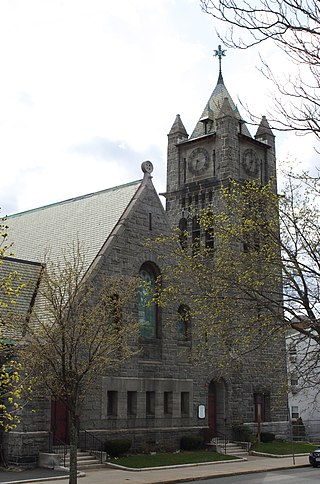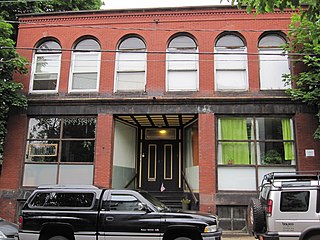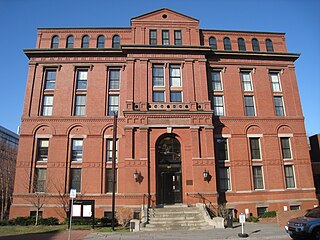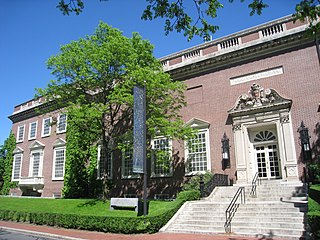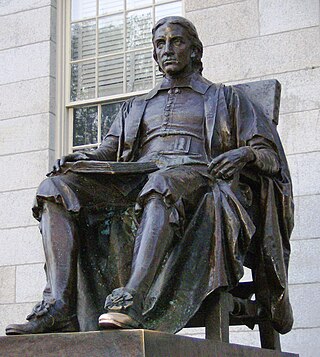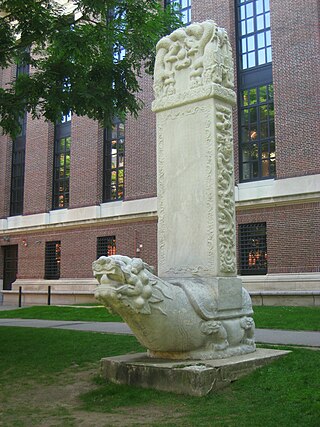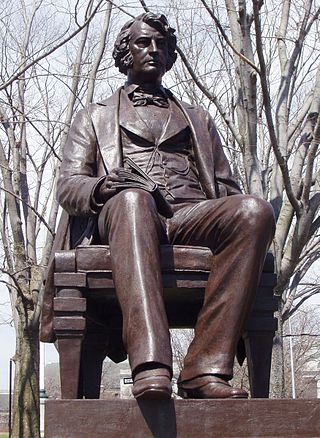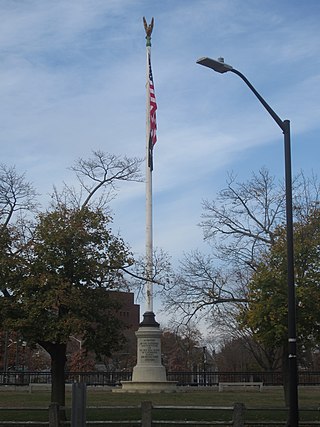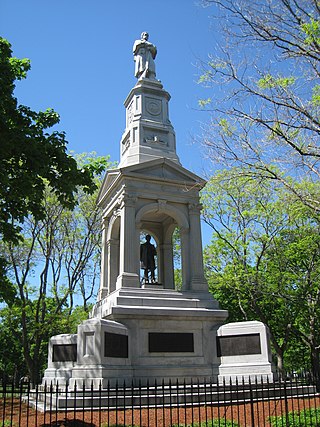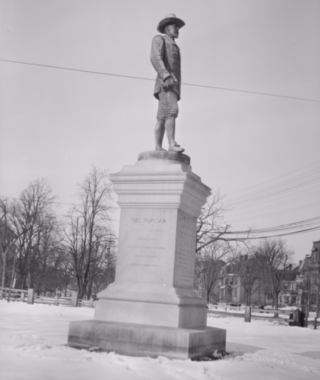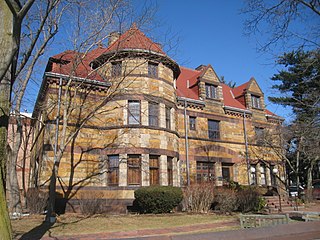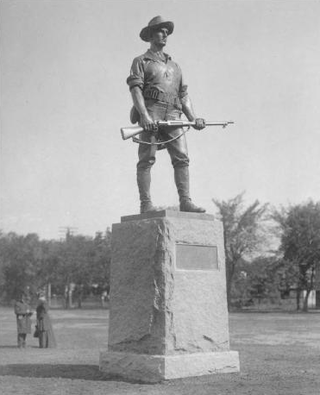Self-guided Sightseeing Tour #1 in Somerville, United States
Legend
Tour Facts
5.7 km
125 m
Experience Somerville in United States in a whole new way with our self-guided sightseeing tour. This site not only offers you practical information and insider tips, but also a rich variety of activities and sights you shouldn't miss. Whether you love art and culture, want to explore historical sites or simply want to experience the vibrant atmosphere of a lively city - you'll find everything you need for your personal adventure here.
Individual Sights in SomervilleSight 1: Centro Apostólico y Profético
The former First Unitarian Church is a historic church building at 130 Highland Avenue in Somerville, Massachusetts. The stone church was built in 1894 for a Unitarian congregation. It was designed by Hartwell & Richardson and is a good example of Richardsonian Romanesque design. The building presently (2022) houses the Mission Church of Our Lord Jesus Christ.
Wikipedia: First Unitarian Church (Somerville, Massachusetts) (EN)
Sight 2: Somerville Journal Building
The Somerville Journal Building is a historic commercial building in Somerville, Massachusetts. It was built in 1894 as offices and the printing facility for the Somerville Journal, a weekly publication that continues to exist as part of the "Wicked Local" franchise of GateHouse Media. The building, a somewhat typical example of late 19th-century commercial architecture, was listed on the National Register of Historic Places in 1989.
Sight 3: Peabody Museum of Archaeology and Ethnology
The Peabody Museum of Archaeology and Ethnology is a museum affiliated with Harvard University in Cambridge, Massachusetts, United States. Founded in 1866, the Peabody Museum is one of the oldest and largest museums focusing on anthropological material, with particular focus on the ethnography and archaeology of the Americas. The museum is caretaker to over 1.2 million objects, some 900 feet (270 m) of documents, 2,000 maps and site plans, and about 500,000 photographs. The museum is located at Divinity Avenue on the Harvard University campus. The museum is one of the four Harvard Museums of Science and Culture open to the public.
Wikipedia: Peabody Museum of Archaeology and Ethnology (EN), Website
Sight 4: Harvard Art Museums
The Harvard Art Museums are part of Harvard University and comprise three museums: the Fogg Museum, the Busch-Reisinger Museum, and the Arthur M. Sackler Museum, and four research centers: the Archaeological Exploration of Sardis, the Center for the Technical Study of Modern Art, the Harvard Art Museums Archives, and the Straus Center for Conservation and Technical Studies. The three museums that constitute the Harvard Art Museums were initially integrated into a single institution under the name Harvard University Art Museums in 1983. The word "University" was dropped from the institutional name in 2008.
Sight 5: Memorial Church
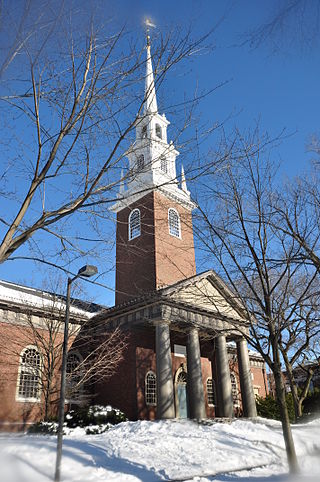
The Memorial Church of Harvard University is a building on the campus of Harvard University. It is an inter-denominational Protestant church.
Sight 6: John Harvard Statue
John Harvard is a sculpture in bronze by Daniel Chester French in Harvard Yard, Cambridge, Massachusetts, honoring clergyman John Harvard (1607–1638), whose deathbed bequest to the "schoale or Colledge" recently undertaken by the Massachusetts Bay Colony was so gratefully received that it was consequently ordered "that the Colledge agreed upon formerly to bee built at Cambridg shalbee called Harvard Colledge." There being nothing to indicate what John Harvard had looked like, French used a Harvard student collaterally descended from an early Harvard president as inspiration.
Sight 7: Harvard Bixi
The Harvard Bixi is a 17-foot high, 27 ton Chinese marble stele with a turtle pedestal located at Harvard University, north of Boylston Hall and west of Widener Library in Harvard Yard, in Cambridge, Massachusetts. The stele was presented to the university by the Chinese Harvard Alumni for its Tercentenary in September 1936.
Sight 8: Harvard Square
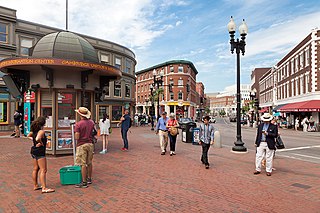
Harvard Square is a triangular plaza at the intersection of Massachusetts Avenue, Brattle Street and John F. Kennedy Street near the center of Cambridge, Massachusetts, United States. The term "Harvard Square" is also used to delineate the business district and Harvard University surrounding that intersection, which is the historic center of Cambridge. Adjacent to Harvard Yard, the historic heart of Harvard University, the Square functions as a commercial center for Harvard students, as well as residents of western Cambridge, the western and northern neighborhoods and the inner suburbs of Boston. The Square is served by Harvard station, a major MBTA Red Line subway and a bus transportation hub.
Sight 9: The First Parish in Cambridge
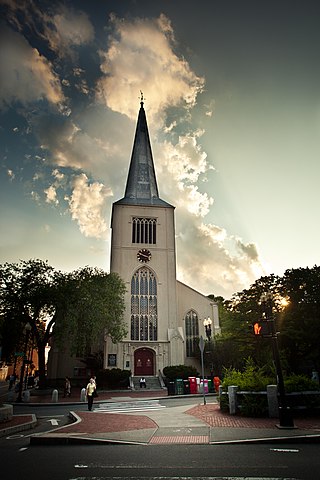
First Parish in Cambridge is a Unitarian Universalist church, located in Harvard Square in Cambridge, Massachusetts. It is a Welcoming Congregation and a member of the Unitarian Universalist Association. The church is notable for its almost 400-year history, which includes pivotal roles in the development of the early Massachusetts government, the creation of Harvard College, and the refinement of current liberal religious thought.
Sight 10: Statue of Charles Sumner
A bronze statue of Charles Sumner, by sculptor Anne Whitney, is installed in General MacArthur Square in Cambridge, Massachusetts. The plaster model for the statue is on display indoors at the Watertown public library. The sculpture of Sumner, a popular local statesman, was commissioned by the Boston Art Committee shortly after his death in 1874.
Wikipedia: Statue of Charles Sumner (Cambridge, Massachusetts) (EN)
Sight 11: Flagstaff Park
Flagstaff Park is a park in Cambridge, Massachusetts, United States.
Sight 12: Civil War Monument
The Civil War Monument, also known as the Civil War Memorial and Lincoln-Soldier Monument, is installed in Cambridge Common, in Cambridge, Massachusetts, United States.
Wikipedia: Civil War Monument (Cambridge, Massachusetts) (EN)
Sight 13: Statue of John Bridge
The John Bridge Monument, in the northeast corner of the Cambridge Common in Cambridge, Massachusetts, was given by Samuel James Bridge in honor of his ancestor John Bridge (1578–1665) and sculpted by Thomas R. Gould.
Sight 14: Edwin Abbot House
The Edwin Abbot House, also known as the Zabriskie House, is an historic house at 27 Garden Street in Cambridge, Massachusetts. Built in 1889 to a design by Longfellow, Alden & Harlow, it is a prominent local example of residential Richardsonian Romanesque architecture. It has served as the principal building of the Longy School since 1937. It was listed on the National Register of Historic Places in 1979, and included in the Follen Street Historic District in 1986.
Sight 15: The Hiker
The Hiker is a bronze statue created by Theo Alice Ruggles Kitson. It commemorates the American soldiers who fought in the Spanish–American War, the Boxer Rebellion and the Philippine–American War. The first version of it was made for the University of Minnesota in 1906, but at least 50 copies were made, and were erected widely across the United States.
Share
Disclaimer Please be aware of your surroundings and do not enter private property. We are not liable for any damages that occur during the tours.
GPX-Download For navigation apps and GPS devices you can download the tour as a GPX file.
